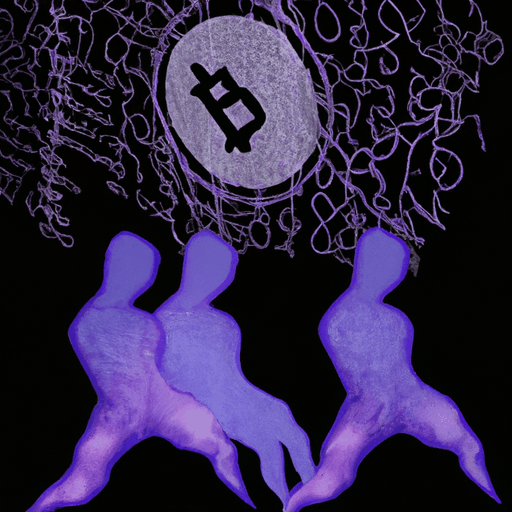
Bitcoin's Reaction to US Jobs Data and Fed Rate Expectations
By: Eliza Bennet
The recent U.S. jobs report has created a ripple effect in the cryptocurrency market, especially impacting Bitcoin's valuation. Friday's payroll data revealed an addition of 22,000 jobs, coupled with an increase in the unemployment rate to 4.3 percent, as reported by the Bureau of Labor Statistics. This scenario has sparked widespread speculation about the Federal Reserve's potential rate cut in its upcoming meeting scheduled for September. Such economic indicators typically trigger investors to adjust their forecasts, and currently, the market anticipates a rate cut by the Fed, a factor that historically enhances market liquidity for cryptocurrencies. Bitcoin, which briefly surged to $113,000, appears to reflect this sentiment, trading around this figure amid fluctuating expectations in global monetary policy.
While the robust job addition is noteworthy, the breakdown reveals a nuanced picture. The private sector added 38,000 jobs, which was somewhat offset by a decrease of 16,000 government jobs and 12,000 jobs in manufacturing. The mixed signals in the labor market have resulted in an average hourly earnings increase of 0.3 percent monthly and 3.7 percent year-over-year. Additionally, the service industry's strength, as indicated by the ISM Services PMI, reinforces that while demand is holding steady, price pressures remain, posing a complex challenge for monetary policy decisions.
Bitcoin's price movement in relation to these economic data releases portrays a typical pattern in crypto markets, which tend to be highly sensitive to changes in monetary policy expectations. As investors digest these data points, they weigh the implications for the Federal Reserve's future actions, especially the potential for a significant interest rate reduction. Such a cut could provide a supportive backdrop for cryptocurrencies by enhancing liquidity and reducing the opportunity cost of holding non-yielding assets.
The upcoming Federal Reserve meeting on September 16-17 serves as a crucial point for cryptocurrencies, given that any policy shifts could significantly influence trading dynamics. Market participants are meticulously observing these developments, as a softer labor market coupled with contained wage growth increases the probability of monetary easing. This environment potentially facilitates favorable conditions for digital assets such as Bitcoin, as investors seek riskier assets in the face of eased monetary policy. The ongoing discussion highlights the intricate balance between macroeconomic data, monetary policy, and crypto market responses, setting the stage for potential volatility in the weeks ahead.



